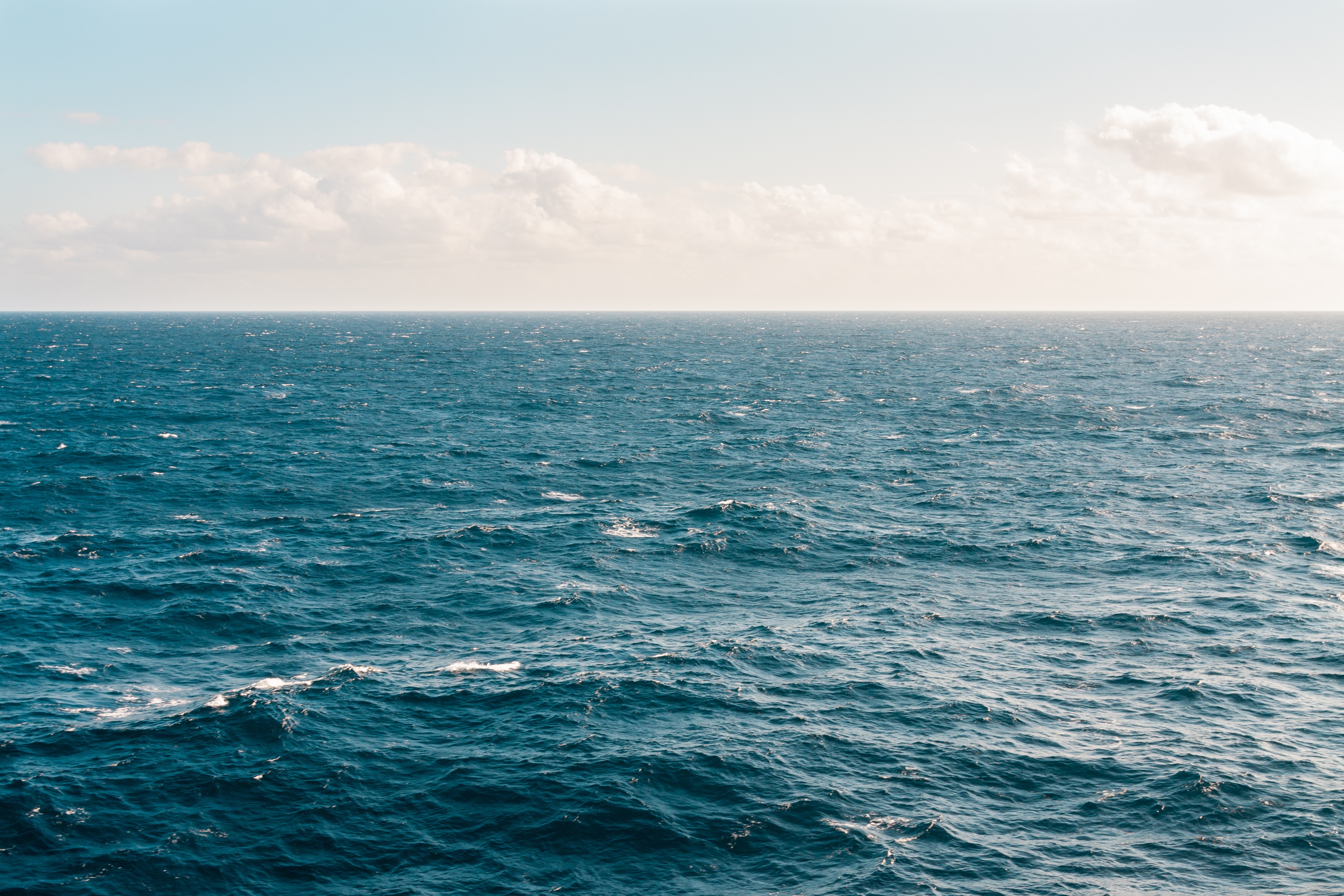Smarter models of the ocean
The ocean is a system that is difficult to observe, whose biodiversity and physical phenomena we still know very little about. Artificial intelligence could be an asset in understanding this environment better. Ronan Fablet, a researcher at IMT Atlantique, presents the projects of the new Océanix Research Chair. What is the objective? To use AI to optimize models for observing the ocean.
More than 70 % of the surface area of our planet is occupied by oceans and seas. They make up a colossal system that we know little about. The TARA expedition discovered hundreds of millions of previously unknown species of plankton, as our ability to explore the ocean floor remains limited. This is also the case with observing physical phenomena such as the dynamics of ocean currents for example, on the surface or at depth.
And yet, understanding ocean dynamics is essential for a good understanding of ecological aspects, biodiversity and ecosystems. But unlike the atmosphere, which can be observed directly, it is difficult to study the ocean. Space technologies offer some visibility of the ocean surface, including surface currents and winds, but can see nothing below. In addition, orbiting satellites capture images as they pass over certain areas but cannot provide instantaneous observation of the entire globe, and the presence of clouds can obscure the visibility of the oceans. As for beacons and buoys, some of these recover information up to 2,000 meters deep, but this remains very occasional.
Using AI to see the unknown
“No observation system can provide a high-resolution image of the oceans all around the globe, everywhere and all the time,” says Ronan Fablet, signal and communications researcher at IMT Atlantique. “And even decades from now I don’t think that will be possible, if we use only physical observations.” The solution is artificial intelligence: AI could make it possible to optimize observation systems and reconstruct missing data based on the observed data. Ronan Fablet launched the Océanix chair at IMT Atlantique in order to investigate this further, in collaboration with numerous institutional partners (CNES, École Navale, ENSTA Bretagne, Ifremer, IRD, ESA) and industrial partners (Argans, CLS, e-odyn, ITE-FEM, MOi, Microsoft, NavalGroup, ODL, OceanNext, Scalian).
Machine learning is a way of estimating parameters to get the best prediction of an unknown, for example at a time in the future. This works like image recognition models: “We could feed the model a lot of pictures of dogs, for example, so that it learns to recognize them,” Ronan Fablet explains. “The difference here is that we’re working on systems with larger dimensions, and images of the ocean.”
Take the example of an oil spill. To find out how the oil will drift through the ocean after a spill, researchers use simulations based on physical models related to fluid dynamics. “These models are either difficult to solve or difficult to calibrate, and may require unknown parameters,” he says. Machine learning techniques should make it possible to develop digital models that are more compact, and therefore faster in simulation. This would make it easier to simulate the physical processes involved in the drift of an oil slick.
Read on I’MTech: Marine oil pollution detected from space
This also applies to obtaining better representations of climate variability, which involves very broad temporalities. “The objective is to use the data available today, and to couple it with machine learning techniques to find the missing information, to better understand the situation tomorrow”.
A better view of sea routes
Model optimization and data reconstruction are also of great interest in vessel traffic monitoring. Possible applications are the detection of abnormal behavior, such as a fishing vessel changing course or stopping; or the illegal behavior of a vessel entering a restricted area. “It is unimaginable to equip an entire maritime route as we would a motorway to monitor traffic. Observation is therefore based on other space technologies,” says the researcher.
In the field of maritime traffic, there are two main types of information: AIS (Automatic Identification System) signals and satellite imagery. Every shipping vessel is required to transmit an AIS signal to locate it, but vessels smuggling cargo usually turn off this signal. Among other things, satellite imagery allows us to observe whether or not the vessels that have navigated in an area have transmitted or not, by comparing the image with AIS signals.
This type of study on abnormal behavior related to AIS signals was the subject of the ANR Astrid Sesame project. “We have applied specific neural networks to learning data, particularly in western Brittany, to learn what normal ship behavior is,” says Ronan Fablet. The aim is then to identify behaviors that deviate from the norm, even if they are infrequent or of very low probability. An abnormal event would then send an alert to a monitoring software to determine whether specific actions are required, such as sending a patrol.
Applications of artificial intelligence in oceanography are developing more significantly today as the ability to link neural networks and mathematical models used in oceanography becomes more explicit and easier to implement. The Oceanix research chair at IMT Atlantique brings together institutions specialized in aspects of artificial intelligence and others more focused on oceanography.
Some teams have been working together for several years, such as Ifremer with IMT Atlantique. These studies will make it possible to provide answers where analytical models cannot, and to speed up calculations considerably. Ronan Fablet adds that “the Holy Grail for our teams would be to identify new laws for physical, biogeochemical or ecological processes. To be able to identify new models directly from the data – representations corresponding to a general rule”.
Tiphaine Claveau





Leave a Reply
Want to join the discussion?Feel free to contribute!